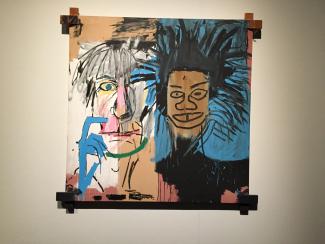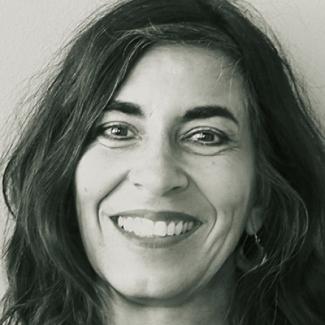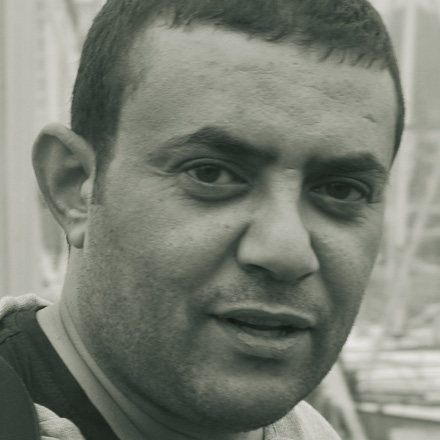Summer Special
Black revolutionary artist

Starting out as a poor graffiti sprayer who left cryptic messages on New York’s streets, he became an internationally renowned artist in his early twenties. He worked with oil and canvas, stencilled poetry, drawings or mixed media on cardboard. A recent exhibition in Frankfurt, Germany, showed the immense scope of this exceptional artist.
“I never went to arts school, I failed at all the arts courses I did take in school. I just looked … that’s where I think I learned about art, by looking at it.” Jean-Michel Basquiat was, in his own words, a self-trained artist. Having grown up in a middle-class family of Haitian and Puerto Rican background in New York’s Brooklyn neighbourhood, it was clear early on he was unusually talented.
In his late teens, with a friend he started spraying walls in New York with short lines of poetry, invented pictograms and unusual drawings. They signed these graffiti art pieces and lines of poetry with “SAMO©”. Only they knew who was behind this name. Basquiat also played music and began to draw. He tried to make a living by painting postcards, selling them for one dollar each to tourists in front of the Metropolitan Museum of Art, but was usually chased away by the janitor.
A few years later, Basquiat was one of the US art scene’s hot new painters. His eclectic style is called Neo-Expressionism. He was inspired by many different things – old travel books, TV shows, African art, advertising, rap music texts or even plain dictionaries. Bits and pieces show up in his paintings. Ancient African symbols and advertisement claims may appear in the same painting. Basquiat worked fast, and collectors sometimes even bought pictures when the paint was still wet.
In 1982, when he was only 21 years old, he was invited to present his work at the “documenta”, the major modern art exhibition that the German city of Kassel hosts every five years. The most interesting and innovative current artists worldwide are invited to take part – and Basquiat was the youngest artist ever to be invited to a “documenta”.
One of his friends and supporters in the early 1980s was Andy Warhol, the iconic pop-art artist. They did a series of paintings together. Warhol’s fame and Basquiat’s innovative energy were beneficial to both of them. Basquiat had finally made it as an internationally known artist.
However, in many ways, Basquiat mocked his fame; well known for his disdain of social convention, he sometimes turned up in galleries in his pyjamas, scaring away possible collectors. The fact that he was the first African-American artist to be successful in the global world of galleries and first-rate museums made him into a trailblazer for black artists – a role that he was very conscious of.
In his paintings, Basquiat usually used black protagonists, which was quite unusual in his time. In one of his last interviews he said in 1987: “I’m black, and that’s why I use it as the main character in all the paintings.” Many of his paintings include African pictograms or have references to liberation struggles.
Basquiat often challenged the white-dominated art scene for its racism. The same scene celebrated him as a prodigy and revolutionary. He refused to be stereotyped as “ghetto” or “graffiti artist”, giving black life a space in his art instead. “I think black people are glad to be represented and recognised in my paintings.”
Link
Website on Jean-Michel Basquiat:
http://basquiat.com/













